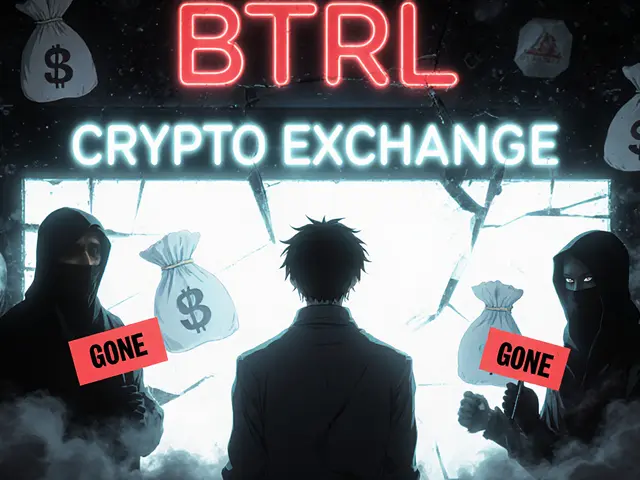PancakeSwap V3 Review
When exploring PancakeSwap V3, the newest version of the popular Binance Smart Chain decentralized exchange that uses an automated market maker model. Also known as PCS V3, it aims to cut slippage, boost capital efficiency, and offer flexible fee tiers.
Built on Binance Smart Chain, a fast, low‑cost blockchain that hosts a thriving DeFi ecosystem, PancakeSwap V3 inherits the chain’s high throughput while adding tighter control over price impact. The platform’s core AMM, an Automated Market Maker that balances buy and sell orders through liquidity pools instead of an order book lets anyone become a market maker by depositing paired tokens. This shift from passive pools to concentrated liquidity means that capital can be placed within custom price ranges, a concept directly borrowed from Uniswap V3 but tuned for BSC’s lower fee environment.
From a user perspective, the upgrade brings three practical benefits. First, PancakeSwap V3 lets traders pick between 0.05% and 1% fee tiers, so low‑volume swaps avoid unnecessary costs while high‑volume pairs can still reward liquidity providers. Second, the new “Range Orders” feature lets LPs specify a price band where their capital is active, effectively turning the pool into a limit‑order engine without leaving the DEX. Third, the integrated yield farming dashboard groups staking, dual‑reward farms, and liquidity mining under one tab, cutting the friction of moving assets between contracts.
These innovations create clear semantic links: PancakeSwap V3 encompasses AMM design, PancakeSwap V3 requires liquidity pools, and Binance Smart Chain hosts PancakeSwap V3. Yield farming relies on the same liquidity pools that power swaps, while lower fee tiers influence trader behavior and LP profitability. Understanding these connections helps users decide whether to provide capital, execute swaps, or chase farm rewards.
Security also gets a boost. The V3 contracts underwent a third‑party audit that focused on re‑entrancy protection, flash‑loan safeguards, and proper handling of edge‑case price movements. For anyone worried about smart‑contract risk, the audit report is publicly available on the project’s GitHub, and the team has pledged a bounty for any discovered vulnerability.
Beyond the core exchange, PancakeSwap V3 integrates with popular BSC tools such as the PancakeSwap Bridge, a cross‑chain connector that moves assets between BSC, Ethereum, and other networks. This bridge expands the token universe available for swapping and farming, giving users access to assets that were previously isolated on other chains. Additionally, the platform supports NFT marketplaces and lottery games, turning the DEX into a one‑stop hub for casual and power users alike.
While the upgrade brings many positives, there are trade‑offs to keep in mind. Concentrated liquidity can lead to higher impermanent loss if price moves outside the chosen range, and the fee tier selection adds a layer of decision‑making that newer users might find confusing. The platform’s UI attempts to simplify these choices with tooltips and preset ranges, but a quick test run on a testnet is advisable before committing significant capital.
Overall, PancakeSwap V3 marks a solid evolution for BSC’s flagship DEX. By marrying lower fees, flexible liquidity, and integrated farming, it offers a compelling package for traders seeking cheap swaps and for LPs looking for better capital efficiency. In the sections that follow, you’ll find detailed guides, performance metrics, and side‑by‑side comparisons with other DEXs—everything you need to decide whether PancakeSwap V3 fits your DeFi strategy.
In-depth review of PancakeSwap V3 on opBNB covering fees, liquidity, token pairs, user experience, and future prospects.
Read More





